The best wicking material
anney
18 years ago
Featured Answer
Sort by:Oldest
Comments (23)
rain1950
18 years agotapla (mid-Michigan, USDA z5b-6a)
18 years agoanney
18 years agogaraj
18 years agoleira
18 years agoanney
18 years agotapla (mid-Michigan, USDA z5b-6a)
18 years agodrasaid
18 years agoanney
18 years agogeol
18 years agotapla (mid-Michigan, USDA z5b-6a)
18 years agoanney
18 years agorjs55555
14 years agogreenkalki_gmail_com
12 years agodunfordrobertpeter
8 years agochamaegardener (Z5) Northeast Illinois
2 years agotapla (mid-Michigan, USDA z5b-6a)
2 years agochamaegardener (Z5) Northeast Illinois
2 years agotapla (mid-Michigan, USDA z5b-6a)
2 years agochamaegardener (Z5) Northeast Illinois
2 years agotapla (mid-Michigan, USDA z5b-6a)
2 years agojaceymae
last year
Related Stories
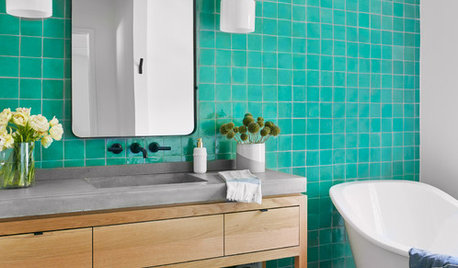
BATHROOM DESIGNBathroom Countertops 101: The Top Surface Materials
Explore the pros and cons of 7 popular bathroom countertop materials
Full Story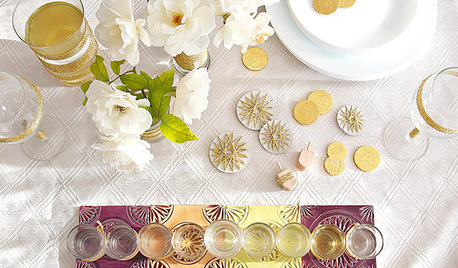
HOLIDAYSDIY: Shiny Gold Accents to Make Your Hanukkah Table Glow
Wrap glass vessels with metallic yarn and fill them with oil and wicks for a festive and bright holiday look
Full Story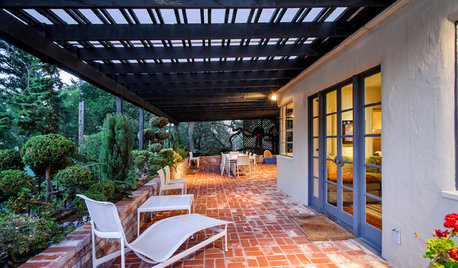
PATIOSLandscape Paving 101: How to Use Brick for Your Path or Patio
Brick paving is classy, timeless and a natural building material. Here are some pros and cons to help you decide if it’s right for your yard
Full Story
GREEN BUILDINGWhy You Might Want to Build a House of Straw
Straw bales are cheap, easy to find and DIY-friendly. Get the basics on building with this renewable, ecofriendly material
Full Story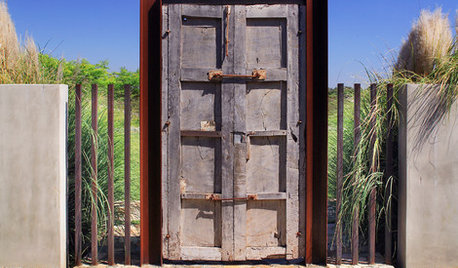
MATERIALSMesquite: The Brawny Beauty for All Over the Home
Denser than other hardwoods and sporting beautiful coloration, mesquite makes a fine material for flooring, countertops, furniture and more
Full Story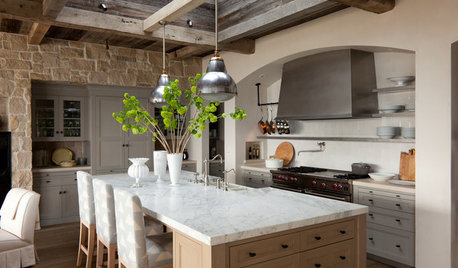
KITCHEN DESIGNHouzz Quiz: What Kitchen Countertop Is Right For You?
The options for kitchen countertops can seem endless. Take our quiz to help you narrow down your selection
Full Story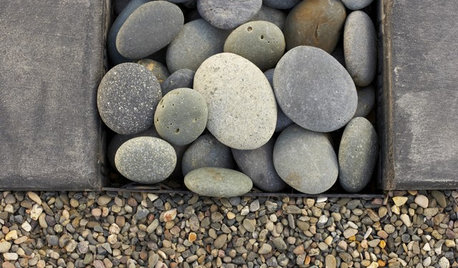
LANDSCAPE DESIGNThe Right Stone for Your Garden Design
Gravel, pebble, cobble and paddle: Stones vary in size and shape, and have different uses in the landscape
Full Story
TILETop Tile Trends From the Coverings 2013 Show — the Wood Look
Get the beauty of wood while waving off potential splinters, rotting and long searches, thanks to eye-fooling ceramic and porcelain tiles
Full Story
DECORATING GUIDESTextile Textbook: Know Your Natural Fibers
Whether you desire fresh linen sheets or a swanky mohair rug, Mother Earth has you covered
Full Story
DESIGNER SHOWCASESSan Francisco Decorator Showcase: Happy Days Are Here Again
Creative ideas, bold colors and inventive materials abound under one (very large) roof
Full Story





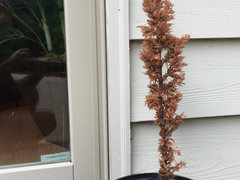



Prasad Immidisetti